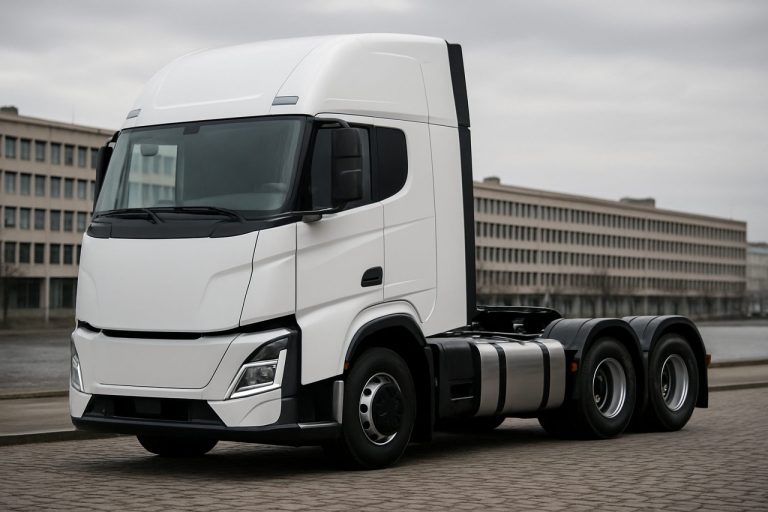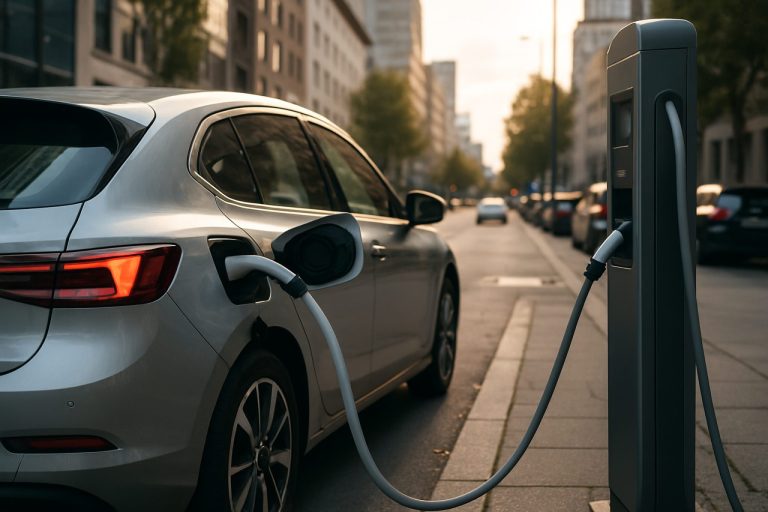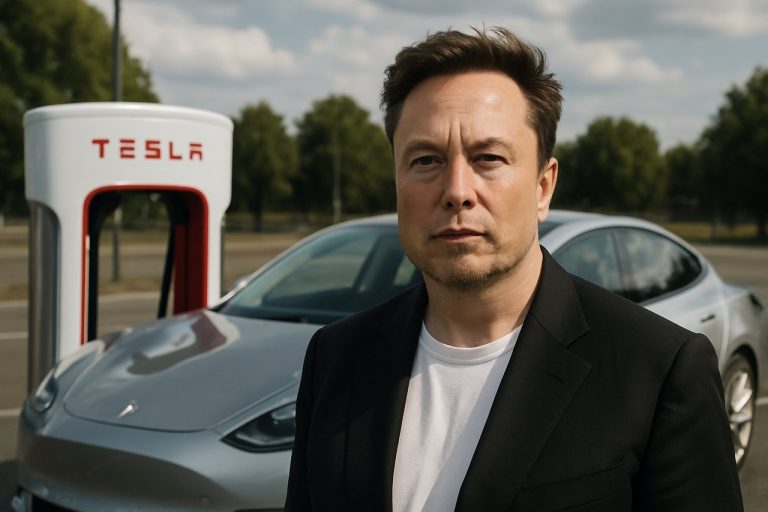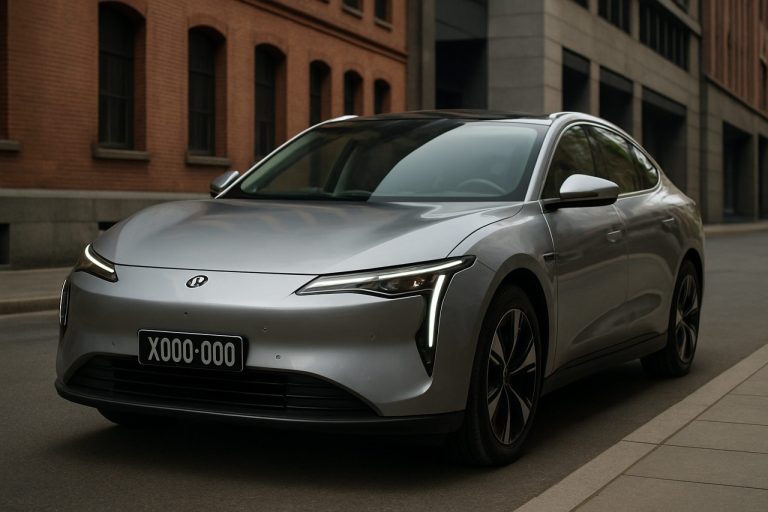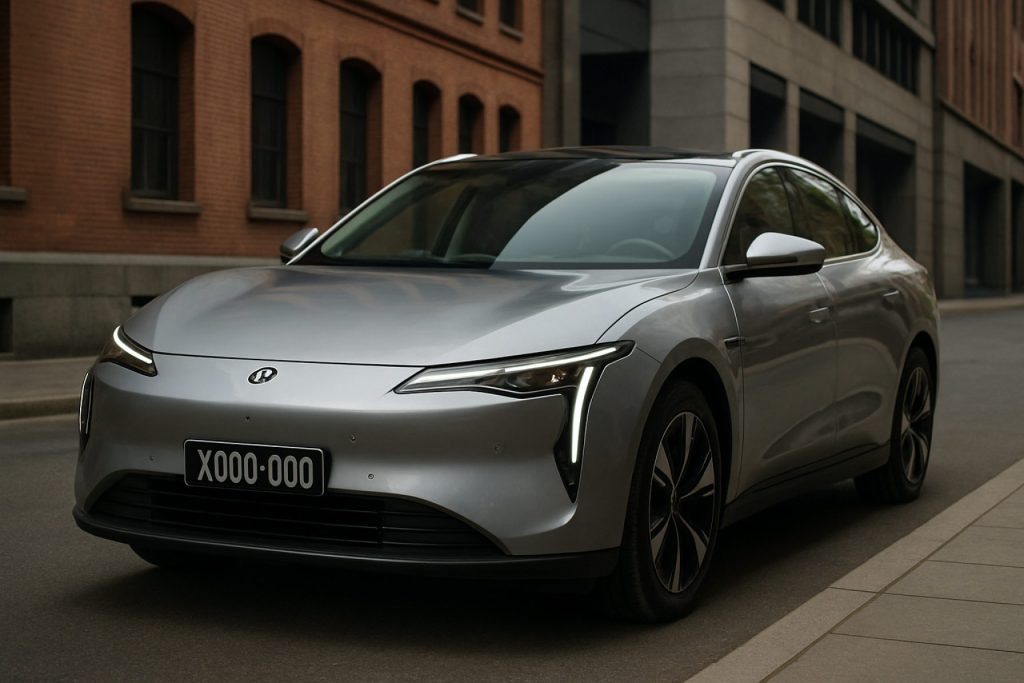
- Nio, a leading Chinese electric vehicle (EV) manufacturer, is known for its innovation in battery-swapping technology and appealing to urban, tech-savvy consumers.
- Despite a steep drop in share price, Nio reported strong growth in vehicle deliveries—up 39% in 2024 and accelerating over 44% in early 2025.
- Intense EV market competition in China led to falling vehicle margins, but cost-cutting and production efficiencies have improved profitability prospects.
- Nio remains much smaller than industry giants like BYD and Tesla and faces challenges expanding internationally due to tariffs and regulations.
- High debt levels raise concerns about long-term sustainability, though analysts predict solid revenue growth and narrowing losses through 2027.
- Nio exemplifies resilience and adaptability amid shifting global EV trends and ongoing industry disruption.
Vast city boulevards across China hum with the quiet confidence of Nio’s electric vehicles, part of a high-speed revolution on wheels. Once a darling of investors, Nio rocketed from its modest debut to dizzying heights, only to skid back to earth when competition and economic hurdles took their toll. Now, with its share price languishing below $4, questions surface on whether the company’s engine has truly stalled—or if a new gear is about to engage.
Nio’s allure springs, in part, from a relentless drive toward innovation. Its battery-swapping technology, a rare alternative to standard charging, has enabled Nio drivers in China to “refuel” in minutes, sidestepping one of the industry’s perennial bottlenecks. Meanwhile, its ET-series sedans and newly launched Onvo SUVs have found traction, particularly among tech-savvy, urban consumers eager for the next big thing. Recent moves—including opening orders for the Firefly compact and the ultra-premium ET9 sedan—signal that Nio isn’t simply watching the market pass it by.
Numbers deliver a jolt of cautious optimism. In 2024, Nio reported a 39% surge in deliveries to nearly 222,000 vehicles—a pumped-up performance in a climate where even industry titan Tesla saw sluggish growth. During the first third of 2025, Nio’s momentum only intensified, with deliveries accelerating over 44% year-on-year. The company credited aggressive customer subsidies, discounts on older models, and a focused expansion into Europe for this resurgence.
Beneath the optimism, however, shadows persist. Vehicle margins, buffeted by China’s fierce price wars and relentless cost-cutting, plummeted from a robust 20% in 2021 to under 10% in 2023. But here, too, Nio has quietly turned the wheel: focusing on making more components in-house, slashing material costs, and refining its manufacturing, margins ticked upward again in 2024. Executives now forecast a return to near-peak profitability within a year—ambitious in a marketplace where giants like BYD and Tesla hold court with war chests and showrooms full to bursting.
Yet, for all the momentum, Nio remains a minnow in the currents stirred by established behemoths. BYD, whose reach spans electric buses to passenger cars, delivered over 4 million vehicles last year—dwarfing Nio by a factor of nearly twenty. And while Nio’s European foray offers the promise of new markets, tariffs and regulatory headwinds could blunt its international ambitions.
Debt, too, looms large. Once a relatively stable concern, Nio’s debt-to-equity ratio shot up dramatically as the company fueled its expansion with fresh financing. Loans and convertible bonds have piled up, raising red flags about long-term sustainability, especially as the company is not yet profitable.
Still, hope flickers in the eyes of Nio’s loyal investors. Financial analysts project compound revenue growth near 28% annually through 2027, even as losses are expected to narrow. Its share price—now trading at less than one time next year’s estimated revenue—suggests limited downside for those with a taste for calculated risk.
The key takeaway? Nio’s story is far from finished. Agile and innovative, the company has proven its ability to rebound from adversity, but it continues to steer between the rivalries of giants, the uncertainties of global economics, and the realities of heavy debt. Any investor peering into the future of electric vehicles will find Nio’s journey a test case in ambition, resilience, and the shifting landscape of technological disruption.
For those watching the electric revolution accelerate, Nio’s next turn may very well set the pace for what comes next.
Why Nio Is the EV Company Everyone’s Watching—But Should You Buy In?
# In-Depth Look: Nio’s Electric Vehicle Revolution in 2024 and What’s Next
Nio is making waves across China’s auto sector and on global EV radars, but what isn’t being talked about as much are the unique differentiators, competitive insights, latest technology trends, and the very real challenges facing its future. If you’re following the world of electric vehicles for investment, innovation, or just the next big thing in mobility, here’s what you need to know—beyond the headlines.
—
Nio’s Standout Features and Innovations
1. Battery-Swapping Technology
– How It Works: Nio’s battery swap stations allow drivers to replace depleted batteries with fully-charged ones in under five minutes—a unique alternative to the traditional charging model ([source](https://www.nio.com)).
– Scale: By mid-2024, Nio had deployed over 2,300 battery swap stations in China and begun rolling them out in Europe. This places them far ahead of Tesla and BYD in this domain.
– Real-World Use Case: Battery swapping is especially attractive to taxi and ride-hailing fleets, maximizing vehicle uptime.
2. Expanding Product Line
– New Models: The sub-brand Onvo targets budget-conscious families, while the flagship ET9 sedan takes aim at the premium Mercedes EQS and Tesla Model S classes.
– Over-the-Air Updates: All Nio vehicles get frequent OTA software updates, advancing safety, performance, and convenience.
3. In-House Technology Stack
– Autonomous Driving: Nio’s “Nio Pilot” system is Level 2+ capable, and the company is developing Level 3 automation for hands-free highway driving.
– Smart Cockpit: Voice-activated AI assistant NOMI, panoramic lighting, and large infotainment screens are standard.
—
Market Forecasts & Industry Trends
– Global EV Growth: The International Energy Agency projects over 35% of China’s auto sales will be electric by 2025. Nio aims to capture a meaningful slice.
– European Ambitions: Despite tariffs, Nio is targeting markets in Norway, Germany, and the Netherlands. Success depends on adapting to local regulations and consumer preferences.
– Battery Swapping Trend: Industry experts (like McKinsey and BloombergNEF) believe third-party battery swap networks may proliferate, potentially benefiting Nio as a first-mover.
—
Financial Overview & Risks
1. Debt & Cash Burn
– Debt Load: Nio’s debt-to-equity ratio is among the highest of Chinese EV startups—raising questions about long-term financial health ([Reuters](https://www.reuters.com)).
– Cash Reserves: As of 2024, Nio had enough cash runway for approximately 18-24 months at its current burn rate, but profitability remains elusive.
2. Margins Pressure
– Industry Price War: All Chinese EV makers, including BYD, are sacrificing margins to maintain or grow market share. Nio’s gross margin recovery hinges on cost discipline and scalability.
3. Stock Valuation & Analyst Views
– Current Valuation: Nio stock trades below 1X 2025 revenue, historically low for the sector, making it potentially attractive but volatile ([analyst consensus via Yahoo Finance]).
– Projected Growth: Revenue growth expectations (25-30% CAGR through 2027) depend heavily on global expansion and new model reception.
—
Controversies, Limitations, and Challenges
Regulatory Risks
– European Tariffs: The EU is considering tariffs on Chinese EVs; these could raise costs and slow adoption.
– China’s EV Subsidy Evolution: Domestic incentives may shrink further, adding pressure to Nio’s sales and margins.
Competitive Pressures
– BYD & Tesla: Tesla dominates in premium segments but lacks battery-swap infrastructure. BYD controls huge market share with vertically integrated manufacturing.
Service Network
– Charging Compatibility: While Nio’s swappable batteries are innovative, proprietary tech could limit broader adoption unless partnerships are formed.
– After-Sales Service: Nio’s reputation for exceptional service (like valet charging and free in-car data) is a competitive moat but adds to costs.
—
FAQs: What Readers Want to Know
Is Nio profitable yet?
No, Nio is not yet profitable. Losses have narrowed, but positive earnings are projected only from late 2025 or beyond.
How does Nio compare to BYD and Tesla?
Nio is more niche, focusing on high-tech features and battery-swap; BYD is mass-market, and Tesla prioritizes software and autonomy.
Is Nio’s battery-swap technology sustainable?
Yes, but industry opinion is split. Swap stations are capital-heavy to build/install, though they could be a unique differentiator if industry partnerships grow.
Is now a good time to invest in Nio?
Analysts see limited downside at current valuations, but risks include competition, cash burn, and regulatory challenges. Only suitable for high-risk, long-term investors (see full ratings on [Bloomberg](https://www.bloomberg.com)).
—
Life Hacks & Actionable Tips
1. How to Try Before Buying: In China and pilot EU locations, you can schedule extended test drives or subscriptions instead of outright purchase—great for evaluating the Nio ecosystem.
2. Maximize Value: Look for subsidized deals, trade-in offers, or loyalty incentives, especially during new product launches.
3. Stay Updated: Follow official updates on [Nio’s site](https://www.nio.com) for tech changes, new station deployments, and pricing.
—
The Bottom Line: Quick Recommendations
– For Consumers: If battery-swap convenience and high-tech features appeal, Nio is a strong contender, especially in major Chinese and select European cities.
– For Investors: Nio presents high reward but higher risk; best for those comfortable with volatility and focused on long-term potential.
– For Industry Watchers: Nio remains a bellwether for Chinese innovation and the global push toward smarter, more flexible EV models.
Tip: Regularly monitor policy shifts in China and the EU—these can dramatically impact both your EV buying experience and Nio’s stock performance.
For industry news and analysis, explore [Bloomberg](https://www.bloomberg.com) and [Reuters](https://www.reuters.com) alongside official automaker sites.
—
Keywords: Nio, EV, electric vehicles, battery-swap, China auto market, BYD, Tesla, Europe expansion, auto industry, market forecasts, investing in Nio, Nio stock, EV innovation, electric vehicle trends, Chinese automakers
